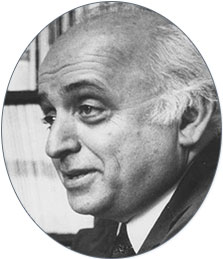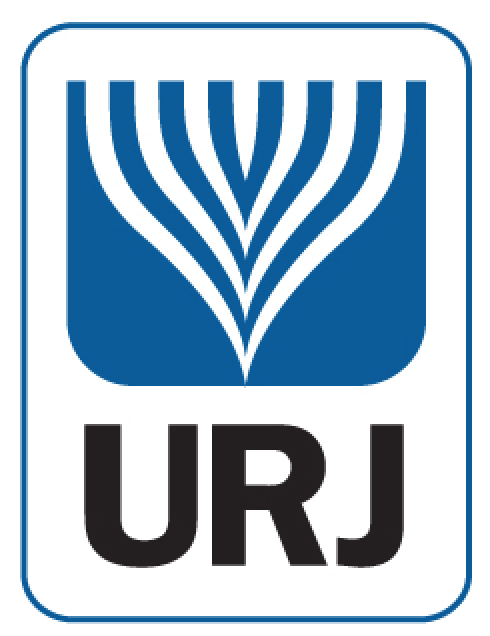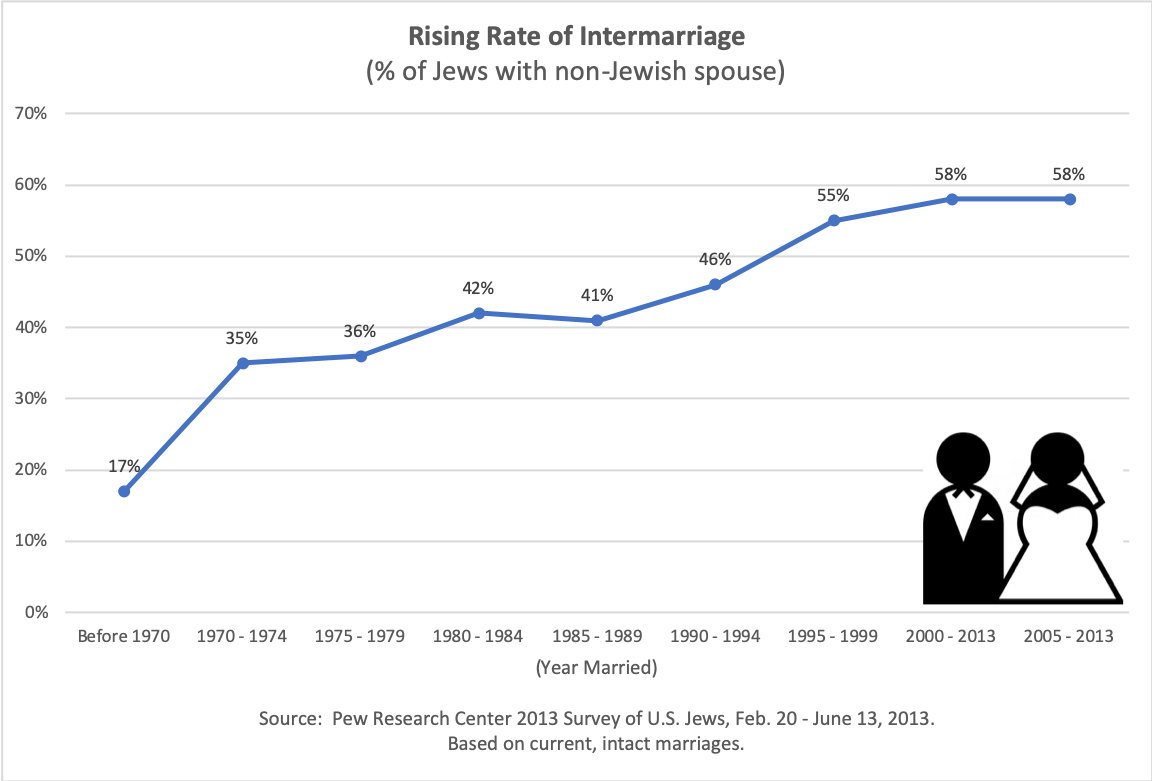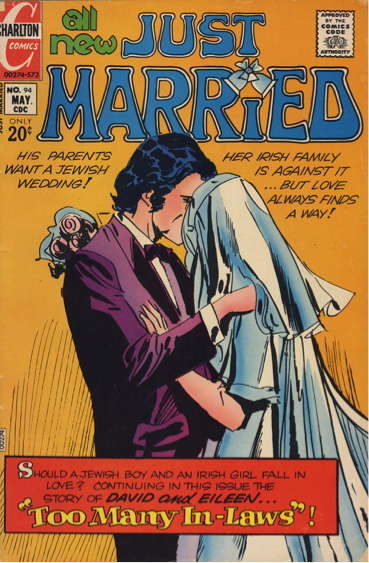

Outreach: Breaking Barriers to Save Reform Judaism



The Intermarriage Crisis
משבר נישואי התערובת
Between the period prior to 1970 and the period between 1975 and 1979, interfaith marriages in America skyrocketed from 17% to 36% (Pew).
Notwithstanding this alarming trend, people who converted to Judaism were frequently viewed by the Jewish community with a stigma. Intermarriage was increasing as American Jews were de-emphasizing the importance of organized religion, multiculturalism became more prevalent in America, mobility countered familial pressure to marry within the religion, and antisemitism declined following World War II.

Rising Rate of Intermarriage, 2013, Pew Research Center

Cover of Just Married, 1970s, Alma
Comic published 1973-1974 highlighted intermarriage challenges
Rabbi Schindler feared interfaith marriage would significantly weaken Reform Judaism. Taking care not to endorse interfaith marriage, Rabbi Schindler believed the Reform Movement must welcome the intermarried. In response, Rabbi Schindler proposed an outreach program of action.
“We must remove the 'not wanted' signs from our hearts. We are opposed to intermarriage, but we cannot reject the intermarried. And we cannot but be aware that in our current behavior, we communicate rejection.” ~ Rabbi Alexander Schindler, 1978, Outreach Speech
Families were disapproving of interfaith marriages. Parents would sit shiva for children who married outside the faith, a ritual traditionally reserved for mourning the death of a loved one. Judaism was viewed as an exclusive religion with acceptance determined by descent. At best, converts were tolerated.
Rabbi Schindler recognized the serious threat of intermarriage to Reform Judaism. By rejecting interfaith marriage and shunning the non-Jewish partner, the Reform Movement was pushing away non-Jewish partners who may otherwise have converted to Judaism. This also decreased the likelihood of interfaith couples raising their children Jewish.

Publication unknown, 1979, Schindler Family Archives